
The ARC Training Centre in Fire Retardant Materials and Safety Technologies aims to train a cohort of industry-focused researchers to improve the fire safety of lightweight materials and structures and fire protection systems.
The Training Centre expects to create knowledge on novel green and durable fire retardant materials, advanced fire models for urban and built environment, fire suppression technologies, and new flammability tests for compliance with fire safety regulatory standards. An expected outcome of this Training Centre is to accelerate the transformation of Australia’s industries in fire retardant materials, products and engineering services.
This key focus aims to advance the nano-filler technology improving the mechanisms of flame retardancy through the combination of nanocomposites with existing flame retardants. This thematic research project will carry out fundamental studies to investigate: (i) changes in flame retardant structure related to nanoparticles migration and stability of the nanoparticle network, (ii) the homogeneity and integrity of the flame retardant protective barrier, and (iii) formation of char at the polymer in reducing combustible volatiles emission.
Existing insulation products are good thermal insulators but highly flammable and release toxic smoke following ignition. This thematic research project will explore the potential of the Nano-coating technology such as the bio-inspired catecholic nano-coating polydopamine (PDA) to fundamentally transform solid material characteristics; minimising the flammability of insulation materials.
This key thematic research aims to establish and develop a high-fidelity fire propagation prediction platform which is capable of capturing the flammability properties, thermal degradation, and combustion characteristics of advanced lightweight materials and structures. Fundamental considerations of solid pyrolysis and complex thermal degradation process will be fused into a high-fidelity computational fluid dynamics framework based on direct numerical simulation (DNS) yielding reliable and robust predicted the result for fire safety design.


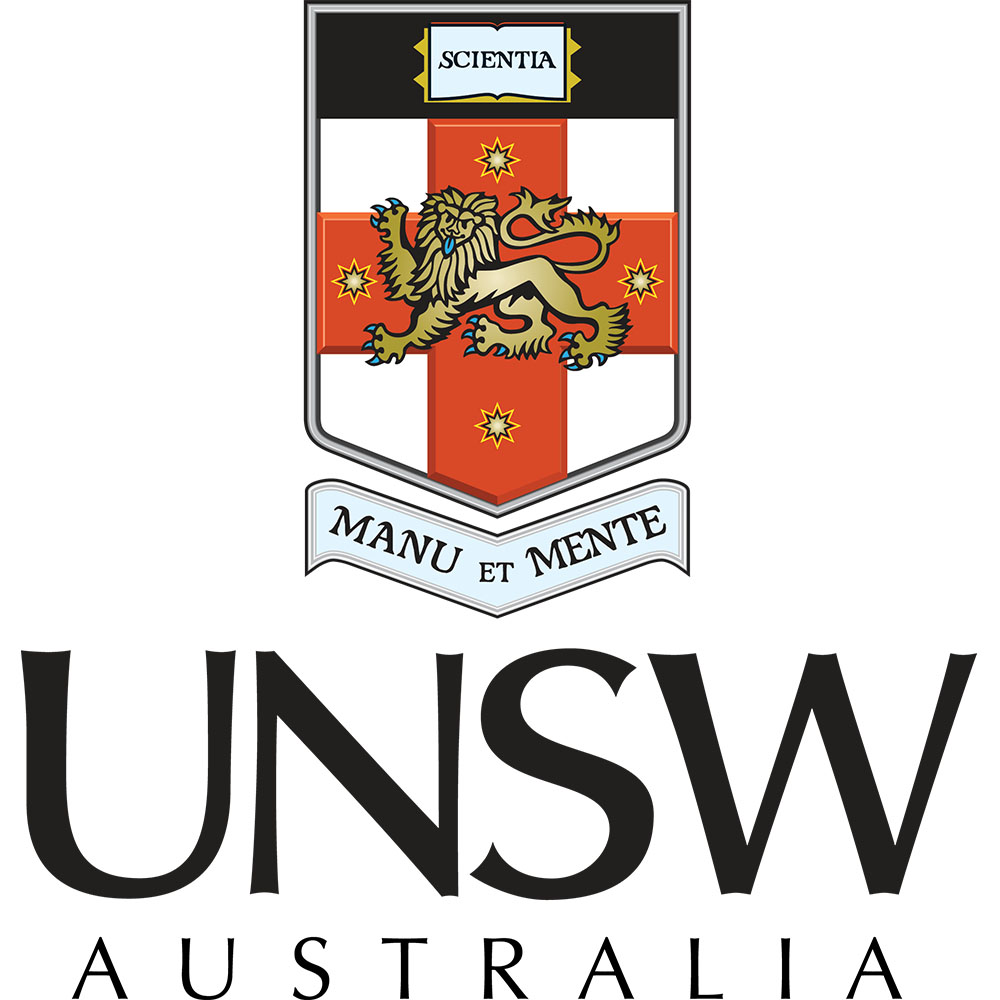
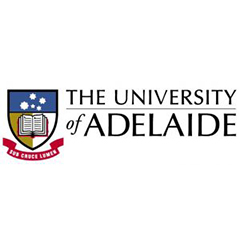
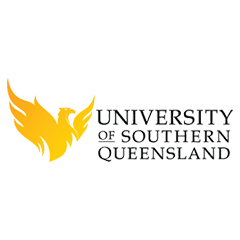
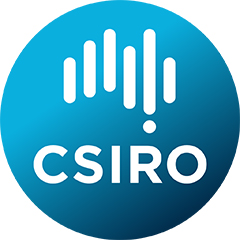
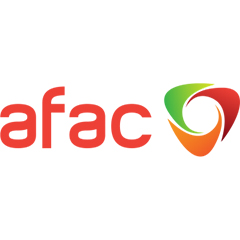
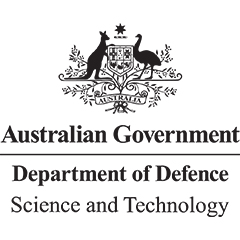




Acknowledgement of Country
RMIT University acknowledges the people of the Woi wurrung and Boon wurrung language groups of the eastern Kulin Nation on whose unceded lands we conduct the business of the University. RMIT University respectfully acknowledges their Ancestors and Elders, past and present. RMIT also acknowledges the Traditional Custodians and their Ancestors of the lands and waters across Australia where we conduct our business - Artwork 'Luwaytini' by Mark Cleaver, Palawa.
Acknowledgement of Country
RMIT University acknowledges the people of the Woi wurrung and Boon wurrung language groups of the eastern Kulin Nation on whose unceded lands we conduct the business of the University. RMIT University respectfully acknowledges their Ancestors and Elders, past and present. RMIT also acknowledges the Traditional Custodians and their Ancestors of the lands and waters across Australia where we conduct our business.